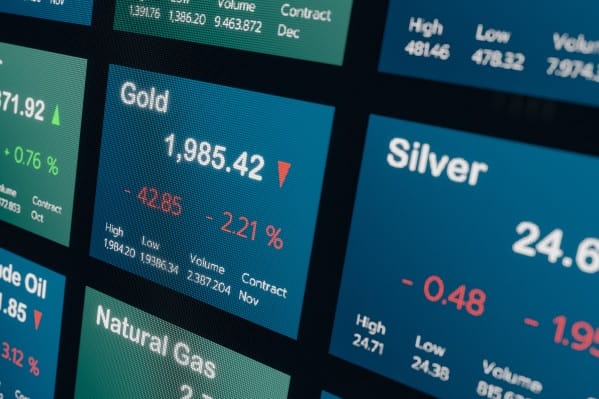The recent volatility in gold prices can be attributed to a mix of factors influencing the market. Geopolitical tensions and global economic uncertainty have been key drivers pushing gold prices higher. The ongoing conflict between Russia and Ukraine, as well as unrest in certain areas of the Middle East, continue to prompt investors to seek out safe haven assets like gold.
Additionally, the Federal Reserve’s hawkish stance and high US interest rates have further supported gold prices as investors turn to the precious metal as a hedge against inflation. However, the aggressive tightening cycle implemented by the Fed has led to a stronger US dollar and increased bond yields, which have created challenges for gold.
Looking ahead, it is expected that the Fed will continue to raise interest rates in the coming months, potentially limiting gains for gold. This conflicting environment is likely to keep gold prices range-bound in the near term, with support coming from geopolitical instability and high inflation, but potential downside pressure from further Fed rate hikes.
Based on current trends, it is anticipated that gold will trade within a range of $2,040 to $2,070 per ounce in the coming weeks, unless there are unexpected shocks to the economy or financial markets. Investors should monitor these factors closely to assess the direction of gold prices in the short term.









